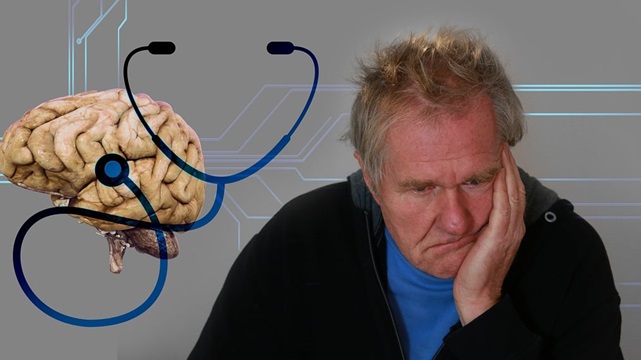In a pioneering study spanning 20 countries and analyzing brain images from over 2,500 people with Parkinson’s disease, scientists have uncovered critical patterns of neurodegeneration, mapping the disease’s progression with unprecedented precision.
Published in NPJ Parkinson’s Disease, this research marks a major leap forward in understanding Parkinson’s at every stage. By developing quantifiable metrics for each of the five clinical stages, researchers have laid the foundation for transformative breakthroughs—not only in early and accurate diagnosis but also in revolutionizing treatment development and monitoring. This vast dataset opens the door to a future where new therapies can be tested and refined with greater accuracy than ever before, offering hope to millions worldwide.
Affecting an estimated 4 million individuals worldwide, Parkinson’s disease is a debilitating neurological condition that gradually impairs movement. Starting with unilateral tremors and stiffness, the disease progresses over potentially two decades, eventually leading to bilateral symptoms and, in advanced stages, reliance on a wheelchair due to leg rigidity.
“We observed that as each stage of the disease progressed, there was a greater degree of atrophy or hypertrophy not only in the movement-related structures but also in other cortical areas. And it’s these combinations of atrophy and hypertrophy that are related to the stage of the disease,” Fernando Cendes, senior researcher at the Brazilian Research Institute for Neuroscience and Neurotechnology (BRAINN) explains.
“But that’s not all we observed, some of these structures also had differences in shape. They had changed their spatial configuration. Some regions of the thalamus [a structure whose function is to relay information from the senses to the cerebral cortex] had become thicker. Other regions, such as the amygdalae [which play a role in regulating social behavior and emotions] had atrophied,” he notes.
The researcher explains that these changes cannot be seen with the naked eye: “They’re submillimetric measurements. However, with programs and the use of artificial intelligence, it’s possible to identify patterns and, in the future, monitor these changes,” he says.




